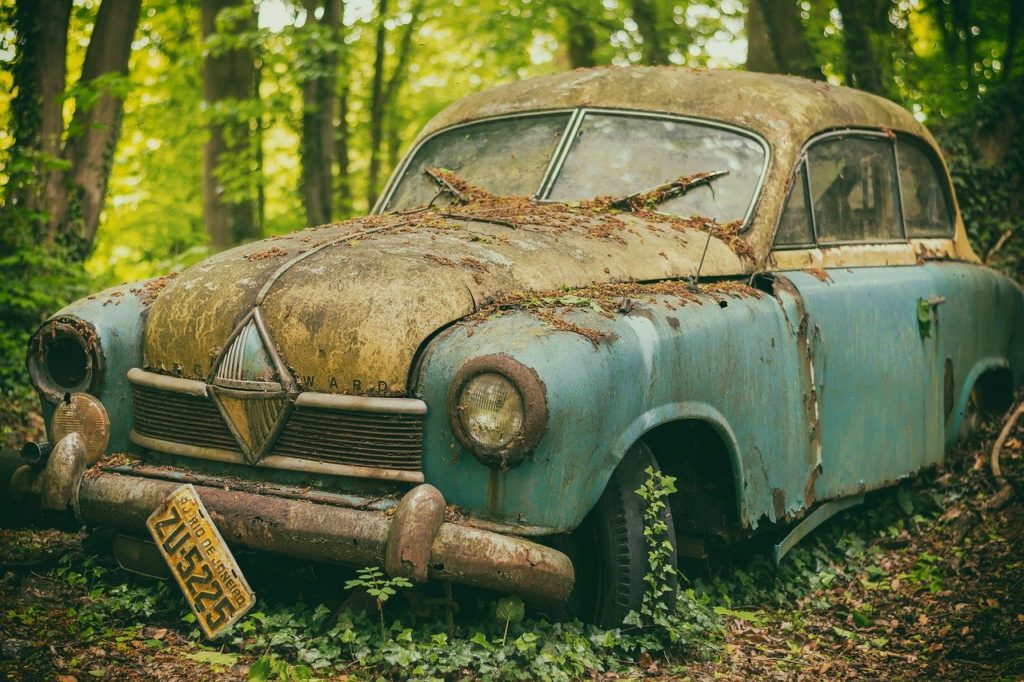All opinions are mine And mine alone.
2020 has seen many of us substantially change the way we live. For some of us, the switch to working from home began in March and has remained in place. We’ve swapped eating in restaurants for ordering in, and developed new hobbies that involve cooking, crafting and making the most of a stay-home mindset. For many of us, it has also meant time spent away from our cars, with certain advantages to be gleaned from that such as lower fuel costs and less time spent in traffic.
However, while your car sits in the driveway or the garage it is important to keep a few things in mind. Depending on where you are and your vulnerability to infection, it may be frowned upon or impractical to go for a drive “just because” – but it is essential to recognise the existence of some drawbacks to not using your car, and to be aware of the actions you can take to prevent those drawbacks from becoming too extreme.

Your battery can go flat
It would seem to make sense that if you’re not using something, you’re not draining the battery, right? Well, yes, in some cases, but not in the case of your car battery. You see, the more you drive your car, the more it charges the battery. That’s why if you get a jump start, it’s recommended that you drive around for a bit before stopping. Now, if you’re not driving your car, it isn’t getting that charge.
That wouldn’t be such bad news were it not for the fact that your car has an onboard computer, and the more recent your car is, the more advanced the computer is – and therefore, the higher a demand will be placed on the battery. So even when you’re not driving, the battery is getting used. Consider disconnecting your battery if you’re not going to be taking the car out for a spell, or use a trickle charger to tide it over.
Fluids and oils will need freshening
The longer your car is out of commission, the more it will need a broad check-over before you get back behind the wheel. There are countless different fluids, lubricants and additional products that help keep your car moving; and when it’s not moving, they sit and can go stale. You’ll need to check your oil, coolant, transmission fluid and more. So many things will need a look over that it would be a good idea to take it to the likes of Riley Ford Inc for a service before you use it fully again.
You also need to consider what’s in your fuel tank at the moment. When you have just a small amount of fuel in the tank for a prolonged period, it can lead to moisture building up in there; conversely if you leave a lot in there it can cause the tank to expand in warm weather. Whatever is in the tank, however, you should run an enzyme stabilizer through the tank before normal service is resumed, as this allows the purging of unhelpful build-up that can collect while you’re not driving.
Your tires will lose pressure (and possibly tread)
Your car is a wonder of engineering, an item that not only supports its own weight but manages to move it around at high speeds without much of a strain showing. However, as we are seeing, it doesn’t necessarily cope well with not moving around. This is particularly the case when it comes to your tires. All that time that you aren’t driving, the tires are supporting the car without any help from the engine and physical force. Inevitably, you will lose tire pressure fairly swiftly as a result.
Tire pressure is one thing, and easily enough remedied with the use of a portable tyre inflator (widely available for surprisingly low prices). However, if you don’t move the car back and forward a little, there is also the risk of losing tread in the particular part of the tire that is in contact with the ground. Think about it – there’s a ton of metal pushing down on four rubber tires, and if the same point on each tire is remaining in contact with the ground, it can lose definition surprisingly quickly. Make sure you’re changing the point of contact every so often, by rocking the car a foot forward and then a foot back next time, and you shouldn’t have any problems when you get back behind the wheel.
Your air-con can go stale
Though you might not need it as the days get short and the temperatures colder, the air conditioning in your car can do with being run whenever you drive – or even if you’re just running the engine to keep it active. Although many modern air conditioners just move existing ambient air around, they are powered by gas and, if it is left to sit, it can go stale. You’ll notice when this is the case, as the air in the car will have a faintly musty, almost moldy smell.
It is possible to buy fresheners that you leave to run in the car and clear any such smells, and if you’ve left the vehicle idle for a while then it would be a very good idea to do so. Thereafter, make sure you’re running the engine every once in a while to give the air-con a decent blast through. If your car usually lives in a garage, open up the garage door too while you are doing this, otherwise you’re just going to redouble any staleness and – once you’re back behind the wheel – you won’t appreciate the smell it causes.
It may fall some way down the list of priorities that have been affected by this truly bizarre year, but your car is certainly experiencing a change from the norm too. By taking care of a few details in advance of an expected improvement in circumstances, you can make changes now that you will appreciate when you’re back behind the wheel of your car later on.



Speak Your Mind